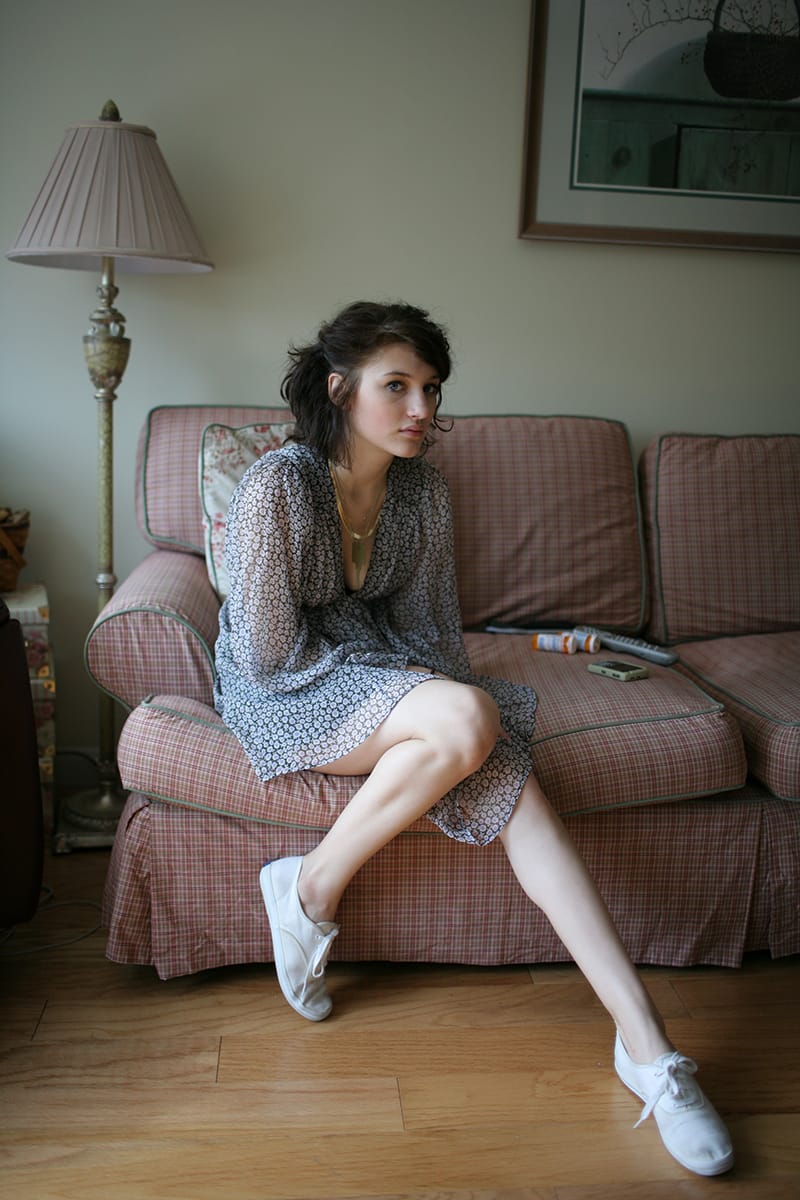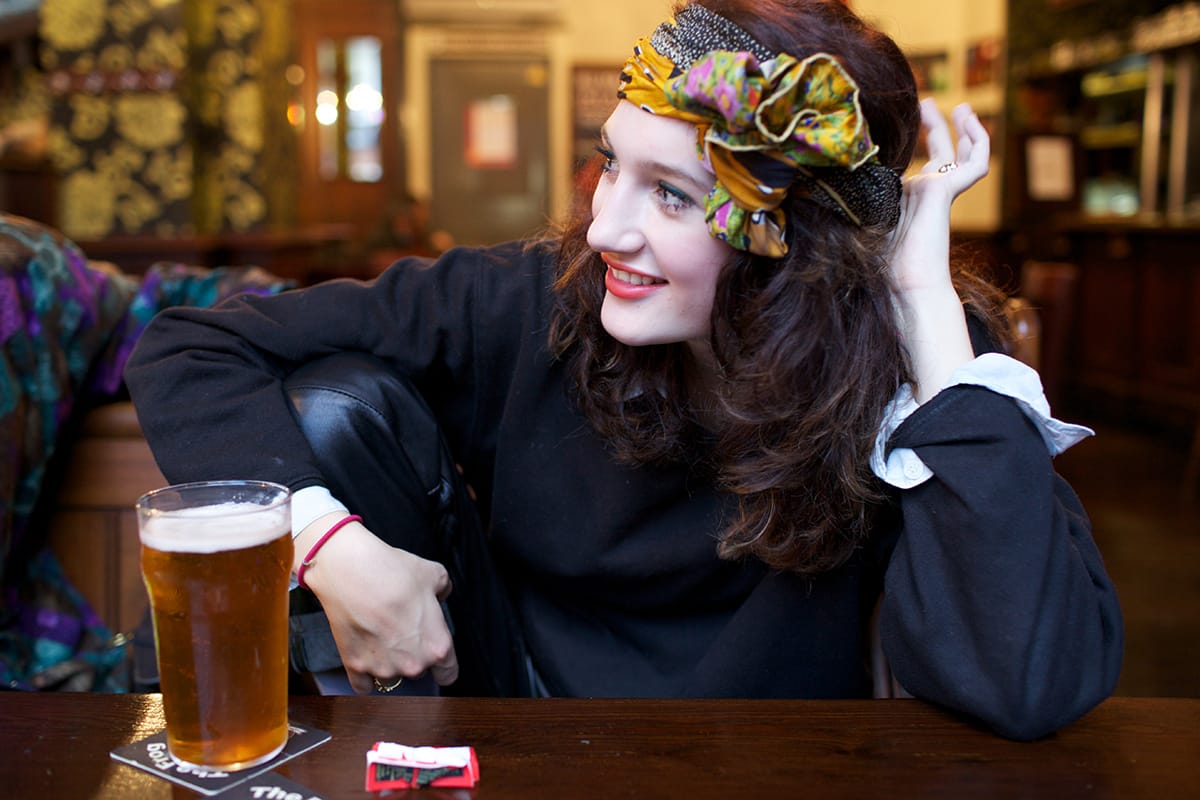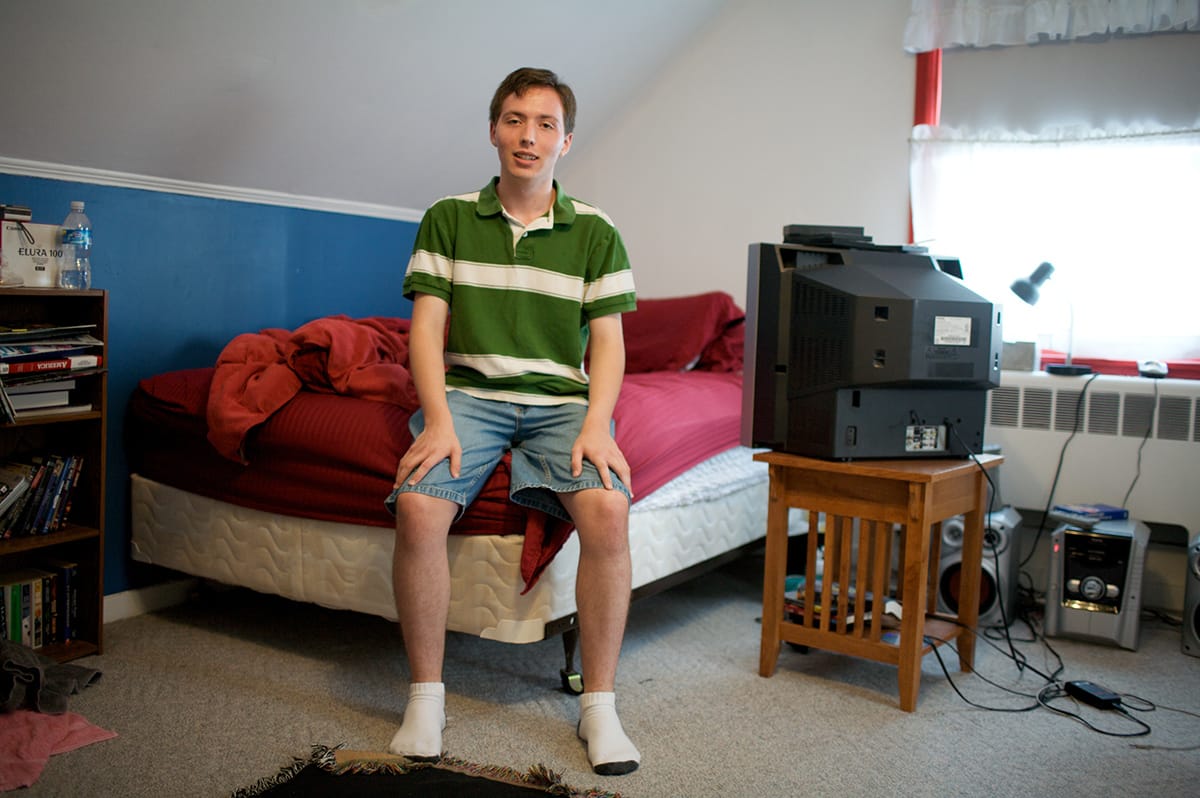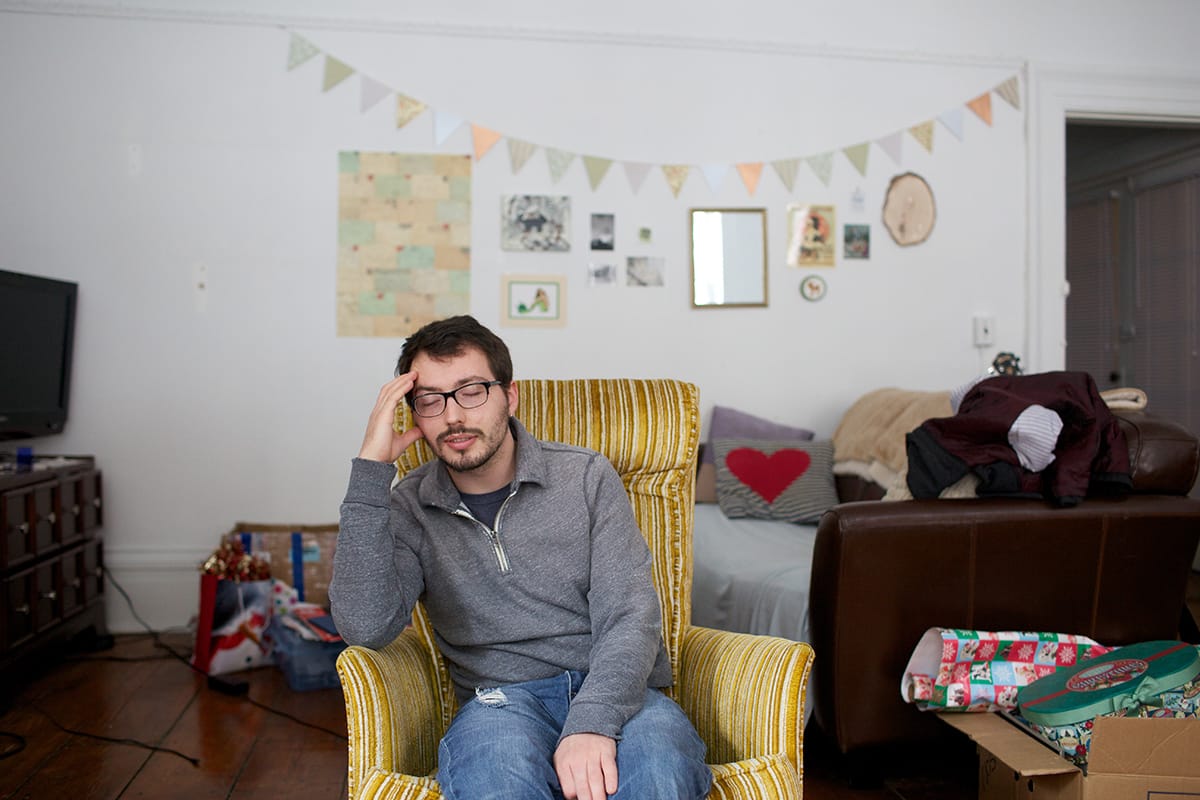A Photographer Documents the Medication Generation
While teaching a photography workshop to American students in Paris in 2008, French photojournalist Baptiste Lignel was shocked to learn that roughly half of the students in his class were taking some kind of prescription psychiatric medication.

While teaching a photography workshop to American students in Paris in 2008, French photojournalist Baptiste Lignel was shocked to learn that roughly half of the students in his class were taking some kind of prescription psychiatric medication. He’d been unaware of the statistics about mass medication of US youth: the National Center for Health Statistics says that 6% of kids under age 18 take medication for ADHD (like Adderall or Ritalin), and 5% of American 12- to 19-year-olds use antidepressants.
Many members of the “Medication Generation,” as today’s young adults have been called, are the first to have come of age while taking these psychiatric drugs. The long-term effects of these medications on kids’ emotional, social, and neurological development remain the subject of much research and controversy.
After learning more about mass medication in America, Lignel embarked on what would become a seven-year long photojournalism project. He followed nine American children taking medications for various disorders (namely anxiety, depression, OCD, and ADHD), took their portraits, and interviewed them about how medication impacts their lives. He met with each kid every couple years, documenting how their mental health and medication usage changed (or didn’t).

“When I began making images for this project, I had a very strong and very negative opinion about the situation regarding prescription behavioral medication in the US,” Lignell tells Hyperallergic. “I felt medication was just a quick fix valued by a society with little patience for differences and a strong drive for achievement. This whole perception crumbled with the very first interview I made. It revealed a complexity I had not suspected, in good ways and in bad.”
Lignel’s extended investigation has now turned into Pop Pills, a book compiling these nine children’s first-person stories and portraits at various points in their lives. These case studies offer rare insight into the long-term effects of medication — more meaningful insight, in many ways, than data from an impersonal research study investigating the same issue might.

“When making these images, I had to come up with a photographic setup compatible with a very un-photogenic topic — medication taking,” Lionel says of his process. He decided to do a set of three portraits for each person: One contextual, one face shot, and one hand shot with the daily dose of medication. “There is an interesting tension between how ‘normal’ the kids appear in those portraits and the tools they need to use to reach this ‘normality.'”

Over time, many of the kids Lignel profiled stopped taking medication; most, even those who feel they benefit from medication and are grateful for its aid, aim to stop eventually. “The grow up and mature into interesting young adults with often a very clear understanding of where they stand with medication and where they want to go with it — mostly away from it, when it’s not already the case,” Lignel says. “I find this full of hope, in spite of numbers.”

By featuring their first-person accounts, Pop Pills gives voice to a group of stigmatized youth who are the subject of so much hand-wringing debate — in the media, in the medical community, among parents — but who rarely get to contribute to this debate themselves.






Pop Pills will be published by Dewi Lewis in Spring of 2016. Go here to pre-order a copy for $48.





